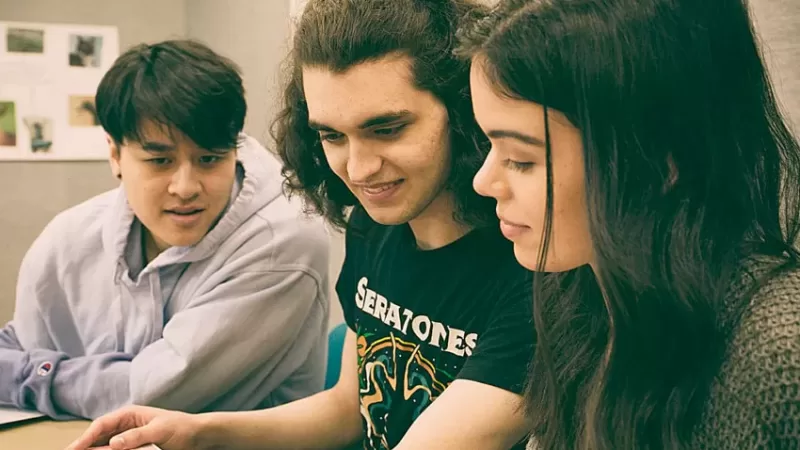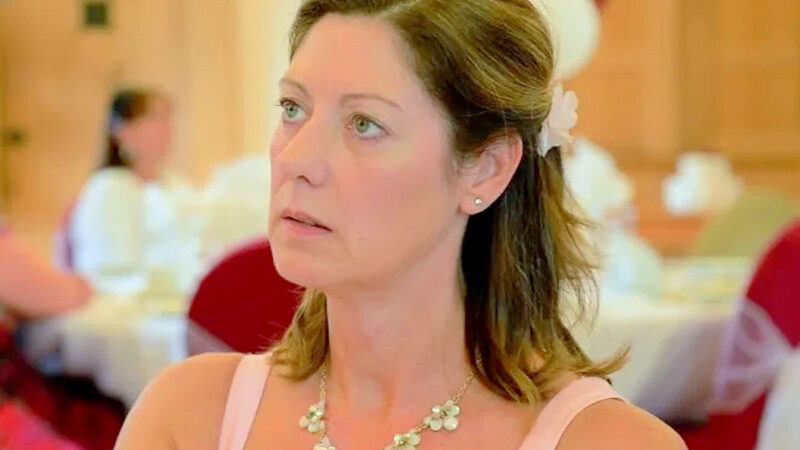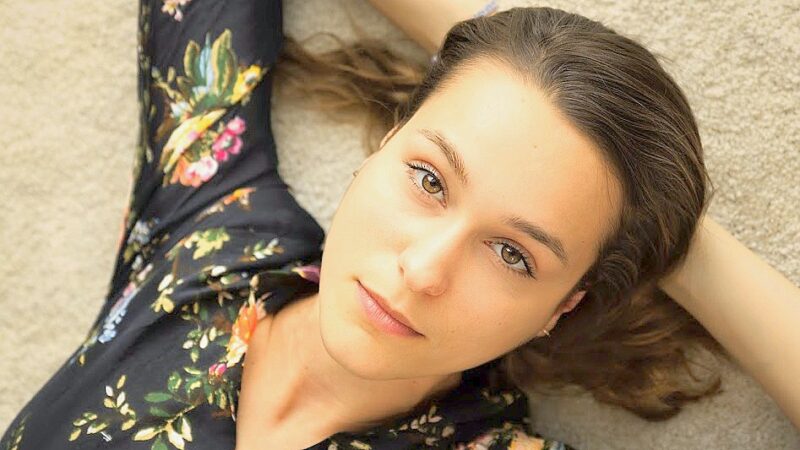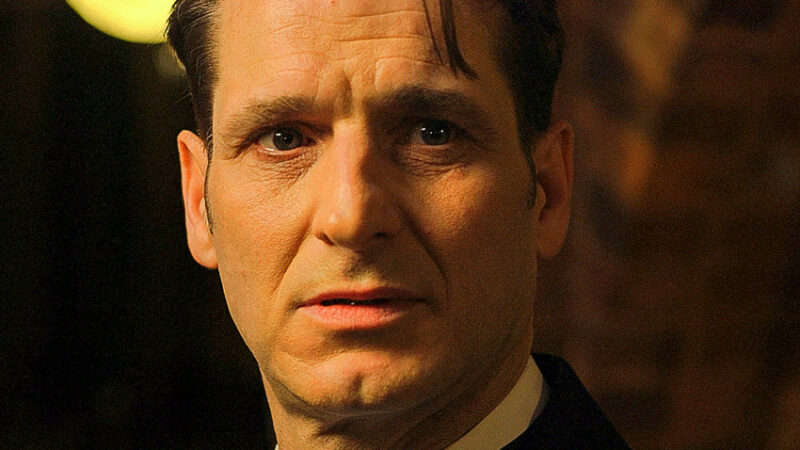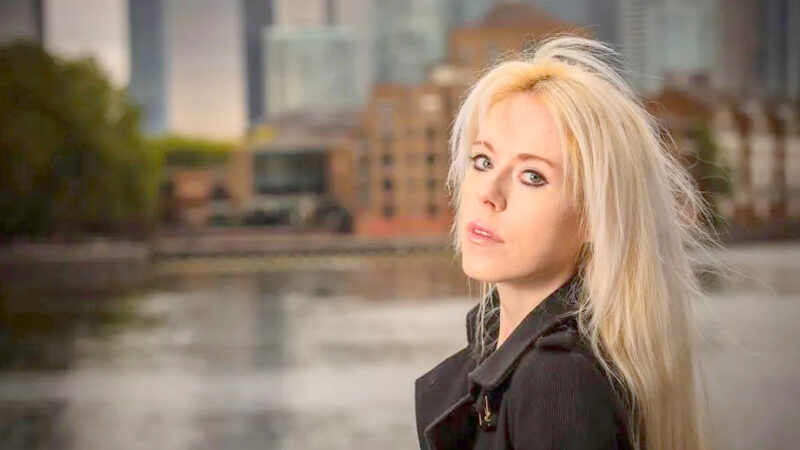“I love the way the film is lit. There are very few scenes I would change in this regard,” Jeff Nichols.
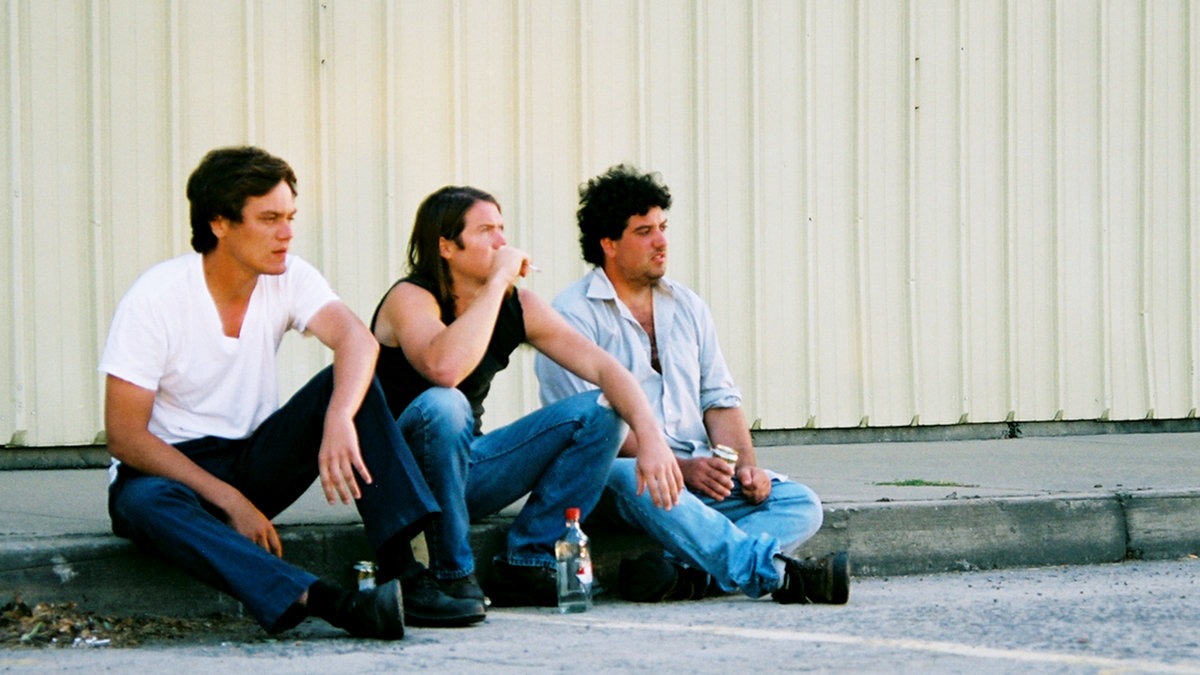
Indie film director, Jeff Nichols‘ first feature Shotgun Stories premiered in the Berlin Forum, and was hailed by Screen Daily as “one of the most striking debuts by a young American director”. Set in the cotton fields and on the dusty roads of Arkansas, the film is centered on a man who’s fathered seven sons by two women. When he dies a feud erupts between the two sets of half brothers, and they discover just how far they will go for family and revenge.
Made on a low budget, the film’s stunning wide-screen cinematography is drenched in emotion and a sense of place. Command of form, superb production values and great performances make it a tense and memorable thriller. Shotgun Stories screened at Sydney Film Festival and Jeff Nichols was a guest of the festival. He also presented a masterclass on the film. Director Jeff Nichols with the help of friends and family made Shotgun Stories, a very low-budget indie
Watch The Official Trailer for Shotgun Stories Written and Directed by Jeff Nichols
How did you develop Shotgun Stories?
Jeff Nichols: I collected images, characters, locations and story points for this film over a period of a year. After this, it took me about five months to write the script. I was inspired greatly by contemporary southern American writers like Larry Brown and Harry Crews, as well as writers like Flannery O’Connor and Raymond Carver. I was also greatly influenced by films like Hud, Badlands and Tender Mercies.
The concept of a feud came from a song called Decoration Day by the Drive-By Truckers and an article in The New Yorker about an Israeli woman. The song deals with an older, more typical feud scenario. I wondered what a present-day feud in rural Arkansas would look like and how it would play out. The article from The New Yorker concerned an Israeli mother who was willing to sacrifice the safety of her son for her religious convictions. I found it interesting that a mother would make this choice for her children. All of this came together in my mind and Shotgun Stories was the result. It is a work of pure fiction.
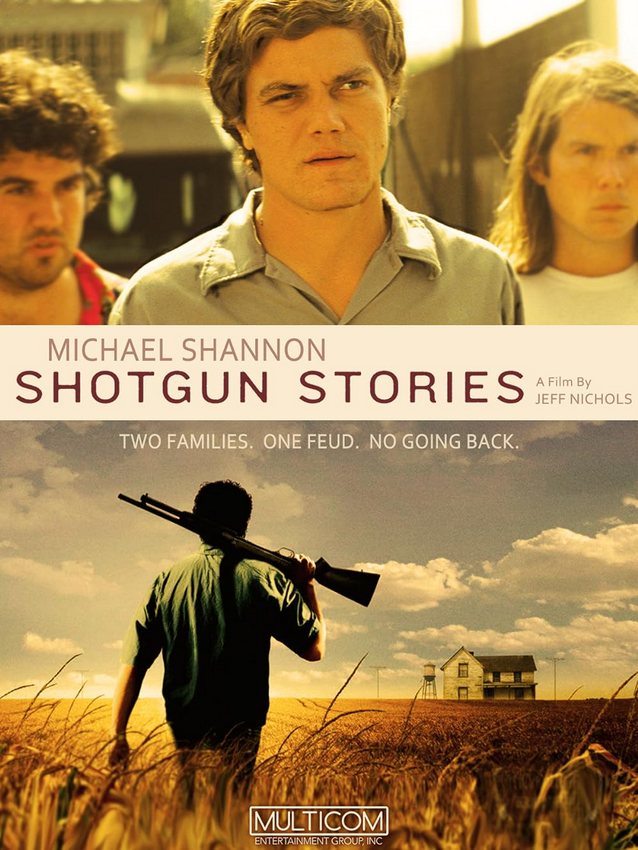
How was it financed?
Jeff Nichols: The initial production was financed with the help of friends and family in Arkansas. Once production was finished and we had a sufficient rough cut of the film, Upload Films, a new company based in LA, came on board for the finishing costs. This mainly included a professional sound edit and mix, taking the film back to a print (neg cut, color timing, etc.), and some additional marketing costs.
How long was your pre-production?
Jeff Nichols: Pre-production lasted roughly three months. Given budget constraints, I couldn’t afford to have a lot of people hanging around Little Rock, Arkansas. So the first two months consisted of me finding the locations, casting, gathering crew and props. A month before filming, Paul Skidmore, my invaluable production manager and associate producer, showed up and really got things going. He was a master at scheduling for the shoot.
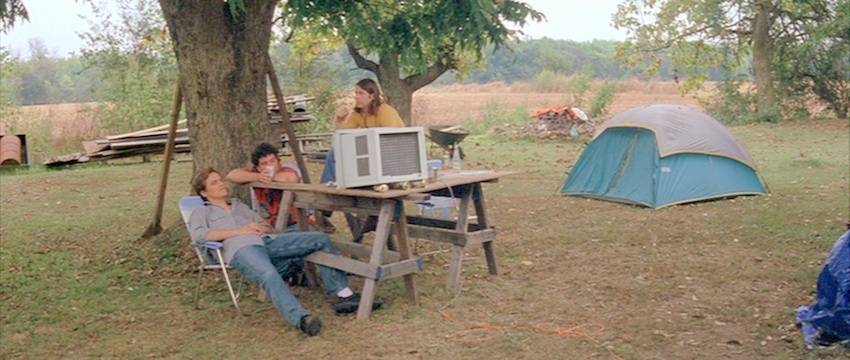
What was your rehearsal process and period?
Jeff Nichols: We really didn’t rehearse for this film. At no point did I sit with the actors and go over lines. We were, however, fortunate enough to have Michael Shannon (Son Hayes) and Barlow Jacobs (Kid Hayes) come to Arkansas about five days before production. They were able to spend time getting to know one another, and I actually had them spend a day working at the fish farm their characters work at in the film.
I had never met Michael Shannon before he arrived for the shoot. We sat and talked about the characters, which was very valuable. He’s an amazing actor. I could literally feel him soaking up information. By the time we began filming, Mike knew the characters and story as well as, if not better than, me.
You shot the film in 21 days. How long were your days?
Jeff Nichols: We worked 12-hour days, six-day weeks. It was really the only way to get things done. We had one day of rain delay, so we ended up shooting roughly 15 days straight towards the end. I don’t advise this, but you do what you have to to complete the film. Working any longer than 12 hours is pretty useless, not to mention dangerous.
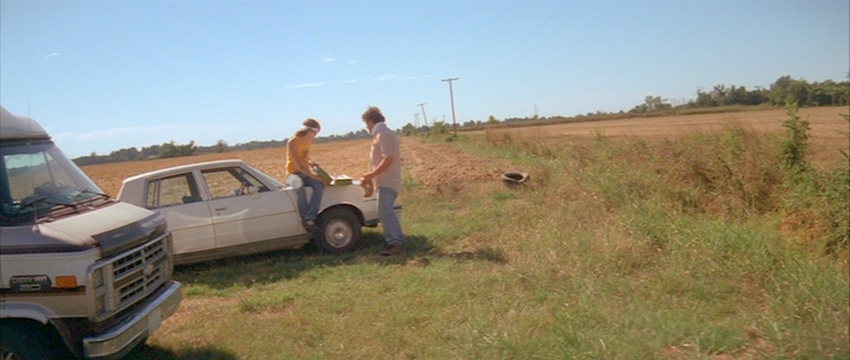
Did the tight shooting schedule make it harder or easier? How did it affect performances?
Jeff Nichols: The actors may have a different take on this, but I don’t feel like the tight shooting schedule affected performance too much. Everyone felt the time crunch, and if anything it made us focus more, and value what time we had. For me, I felt the crunch on things like lighting, moving the camera, and limiting our number of set-ups per day. Luckily I wrote the film to be shot in still, locked-off tableaus. I knew we wouldn’t have time or film stock or lots of coverage, so scenes had to happen in wide frames with limited takes. Luckily, shooting in anamorphic suited this perfectly. Jean-Luc Godard asked for a shorter shooting schedule on Band of Outsiders. He said it created an energy that worked positively for the film. Ours was of course borne from necessity, but it did demand an extreme level of concentration on everyone’s part.
What was the experience like of working with such a small shooting crew (15)?
Jeff Nichols: The size of our crew did limit the amount of dolly moves and lighting set-ups we were able to pull off in one day. However, I love the way the film is lit. There are very few scenes I would change in this regard. My crew mostly came from my college, North Carolina School of the Arts. This being my first film, I haven’t directed a larger crew, but I have worked on sets with larger crews. I have to say there is a benefit to a small shooting crew. It makes the set more intimate – there is zero waste – and this energizes both the crew and the cast.
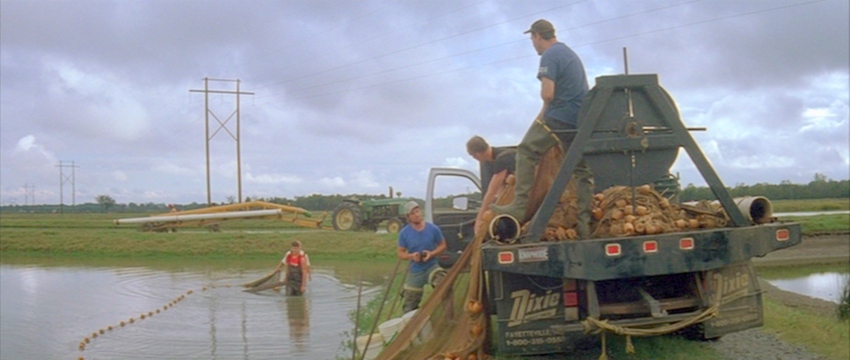
The film looks stunning. How did you get such a good look when shooting so fast?
Jeff Nichols: Adam Stone was my cinematographer. He’s amazing – I gave him very little to work with in terms of time and equipment, and he was able to create all of the beautiful images you see. That said, I wrote the script to primarily take place outside during the day, to cut down on the need for lighting. 35mm film absorbs so much information; all you need is [day]light for the exposure.
Did you look at rushes? On what format?
Jeff Nichols: We didn’t have dailies while shooting. Because of budget, we were required to shoot the film blind. We did have a very bad black-and-white videotape on the camera. And we did do a registration test that we viewed on video before starting principal photography. By the end of the shoot, I had boxes and boxes of film just sitting in my office waiting to turn to vinegar. This is a truly horrible way to shoot a film, for a million reasons. We got very, very lucky.
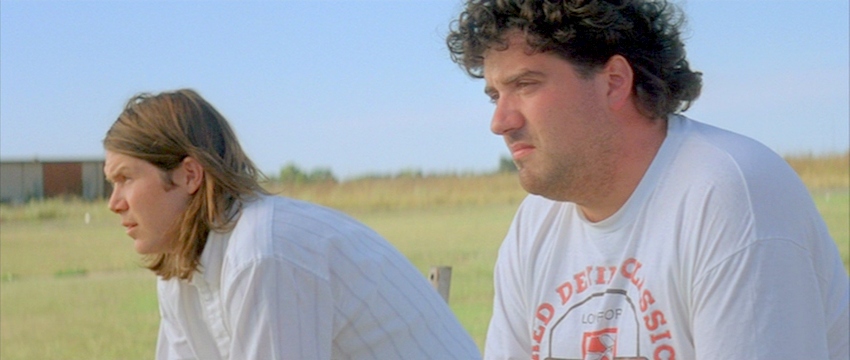
What were the advantages and disadvantages in the way you worked?
Jeff Nichols: The biggest disadvantage was shooting six-day weeks. I was truly exhausted by the end of filming. It would have been nice to have time to re-group at the end of each week. The biggest advantage was being able to place ourselves in the middle of south-east Arkansas with very little fanfare. We were not on anyone’s radar, and no one really cared that we were around. This meant we could soak up immense amounts of local color and flavor. We shot at car washes and burger stands that never closed. Growing up in the area, I can honestly say that this is what it looks like. That anonymity is something larger productions definitely struggle with.
I think Shotgun Stories’ ability to take you to a very specific place is one of its greatest strengths. And, I don’t mean this simply in terms of location either. I also mean it in terms of character. The way the characters act, dress and speak all reflect the place they come from. This is very important to me as a filmmaker. I’m not interested in stories that don’t come from a specific place. This strength is supported by all parts of the filmmaking process – cinematography, performance, production design and music.
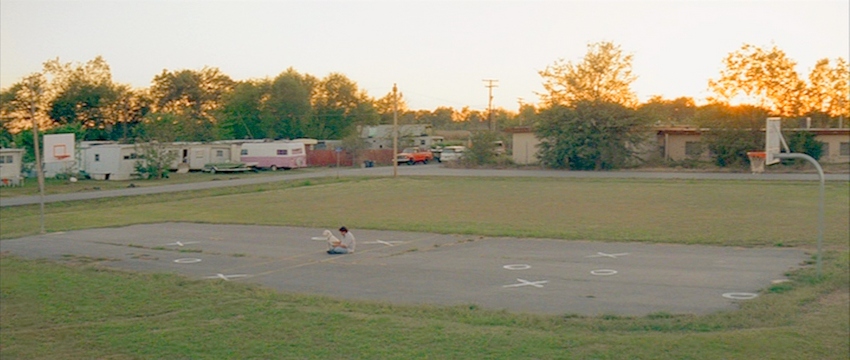
Did this press release inform you? Would you like to comment on “Jeff Nichols Talks Making First Feature The Low-Budget Indie Shotgun Stories”? If you do, we would respond. Do let us know your thoughts if you have any suggestions. So hit us up on Facebook, Instagram! or Twitter.
INDIE ACTIVITIES
The Exploding Boy by Monty Wolfe. The Micro-Budget Queer Coming Of Age Comedy
Monty Wolfe delivers an up-beat alternative to reboots, remakes, and sequels.

